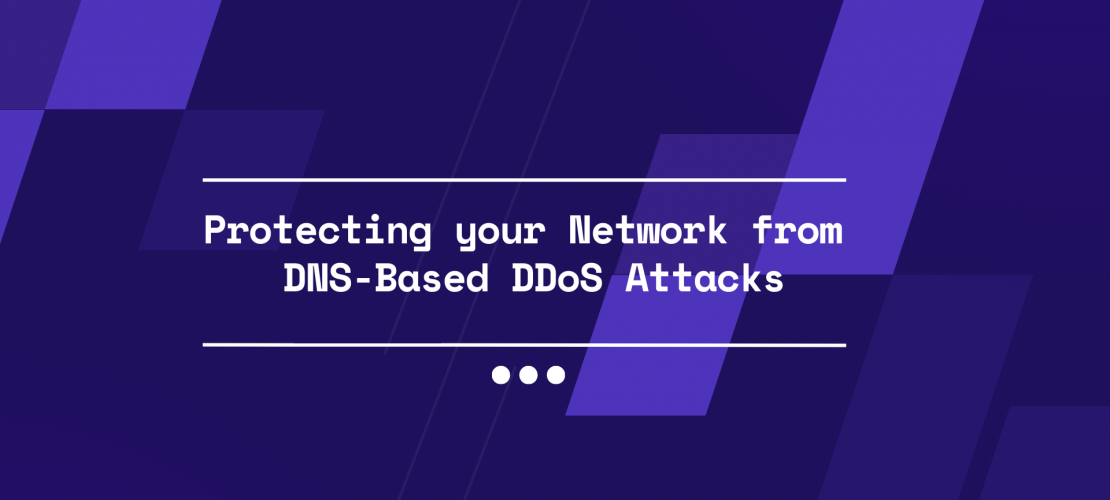DDoS attacks are one of the most common and damaging types of cyberattacks. Attackers often use DNS servers to amplify their attacks, making it difficult for victims to defend themselves. DNS amplification attacks involve flooding a DNS server with requests that are much larger than the initial request, causing the server to respond with a much larger response that floods the target with traffic.
In this blog post, we will discuss DNS-based DDoS attacks, how they work, and best practices for protecting your network against them.
How DNS-based DDoS attacks work
DNS-based DDoS attacks are a type of amplification attack. Attackers use DNS servers to amplify their attacks by sending small packets to DNS servers and receiving large responses in return. Attackers can send a small number of packets to a DNS server, and the server will send a large number of packets to the target in response. This makes it possible for attackers to generate large amounts of traffic with very little effort.
There are several different types of DNS-based DDoS attacks, including DNS reflection attacks, DNS amplification attacks, and DNS water torture attacks. DNS reflection attacks involve sending a query to a DNS server with a spoofed source IP address. The DNS server will respond to the spoofed IP address with a large response, which is directed at the victim. DNS amplification attacks involve using open DNS servers to amplify the attack. Attackers send a small query to an open DNS server and receive a much larger response in return, which is directed at the victim. DNS water torture attacks involve sending a large number of small DNS queries to a server, which can cause the server to become overwhelmed and crash.
Protecting your network from DNS-based DDoS attacks:
There are several best practices that can be used to protect your network from DNS-based DDoS attacks. These include:
- Implementing rate limiting: Rate limiting is a technique that limits the number of packets that can be sent to a server over a period of time. Implementing rate limiting on DNS servers can help prevent DNS-based DDoS attacks by limiting the amount of traffic that can be sent to the server.
- Using DNS security extensions (DNSSEC): DNSSEC is a set of security extensions for the DNS protocol that provide authentication and integrity checking. Implementing DNSSEC on DNS servers can help prevent DNS-based DDoS attacks by ensuring that the responses received by the server are authentic and have not been tampered with.
- Implementing source IP filtering: Source IP filtering is a technique that filters traffic based on the source IP address. Implementing source IP filtering on DNS servers can help prevent DNS-based DDoS attacks by blocking traffic from known malicious IP addresses.
- Using a content delivery network (CDN): CDNs are a type of distributed network that delivers content to users from servers located around the world. Using a CDN can help prevent DNS-based DDoS attacks by distributing traffic across multiple servers, which can help absorb the impact of the attack.
- Implementing threat intelligence: Threat intelligence involves monitoring the threat landscape for potential threats and using that information to improve security. Implementing threat intelligence on DNS servers can help prevent DNS-based DDoS attacks by identifying and blocking traffic from known malicious sources.
Conclusion:
DNS-based DDoS attacks can be devastating to organizations of all sizes. These attacks can overwhelm DNS servers, making it difficult for legitimate traffic to reach its intended destination. Implementing best practices such as rate limiting, DNSSEC, source IP filtering, CDNs, and threat intelligence can help protect your network from DNS-based DDoS attacks. It is important to stay vigilant and keep up-to-date with the latest threat intelligence to ensure that your organization is prepared to defend against these attacks.




